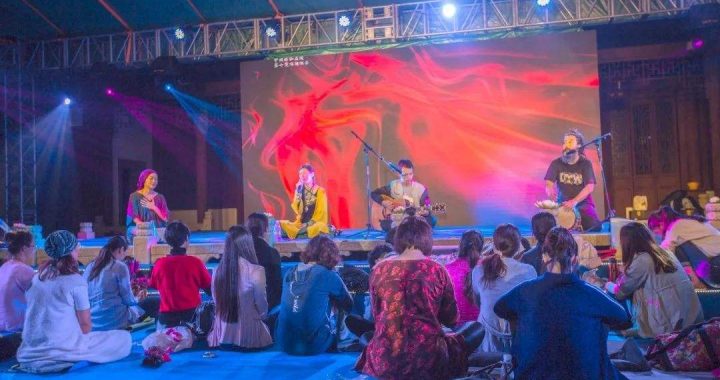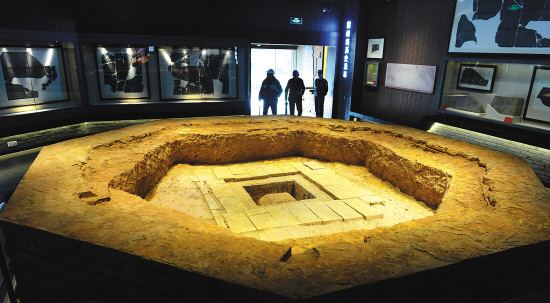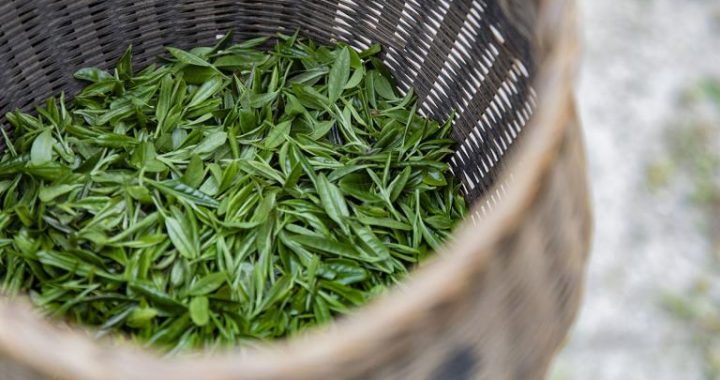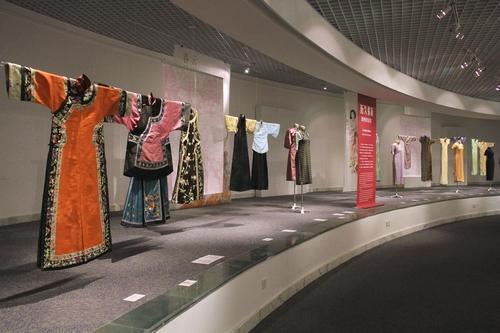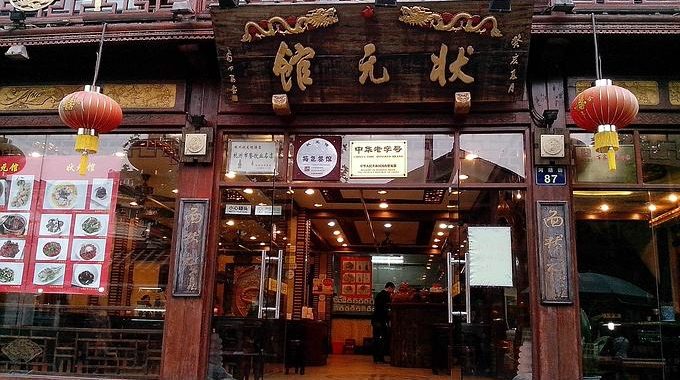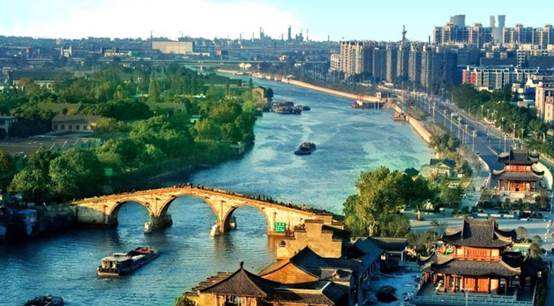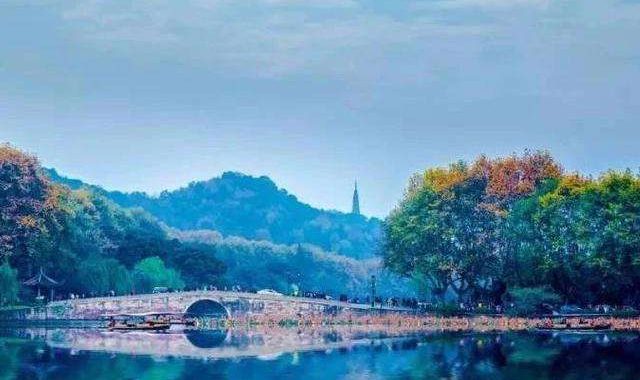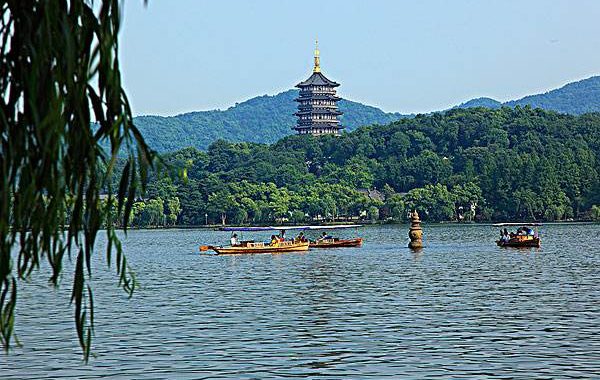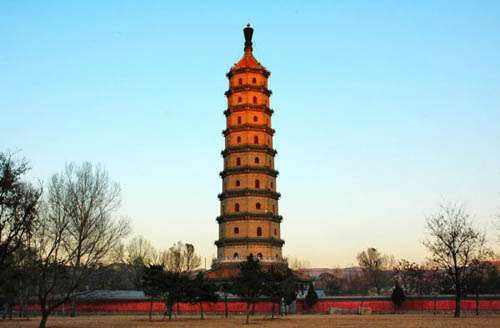Yongfu Temple
2 min readIf you find Lingyin too solidly packed,just walk ahead for 200 meters and you will arrive at the gate of Yongfu Temple.

For those who prefer peace and quiet,Yongfu Temple is bliss.It’s hard to figure out how a monastery that is so scenic and serene could have so few visitors.The Yongfu Temple comprises five separate courtyards built along the hillside,which used to belong to two monasteries.The first monastery was built by the Indian monk Huili around362,and the second one was built around the mid-fifth century.

One of the most celebrated monks from the Yongfu Temple is Venerable Xinyue,a Chan monk of the Caodong sect.He was one of the most famous guqin(a pluckedseven-string Chinese musical instrument of the zither family)musicians in the Ming Dynasty,and was also accomplished at seal engraving,calligraphy,and painting.He went to Japan in 1676 in response to a Japanese abbot’s invitation and stayed in the countryuntil his death.Not only did he take with him the teachings of the Caodong sect,he also spread seal art and revived the then-dying guqin tradition,thereafter known as the father of seal art and modern guqin in Japan.
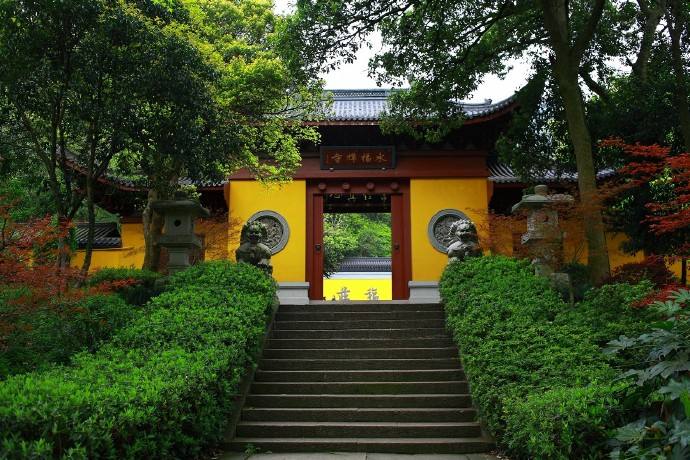
Monks at Lingyin Temple-Although the present monastery was rebuilt in 2003,the well-designed gardens and courtyards look ancient,as wild vines and moss cover the bright yellow walls and gardens,thickly paved with fallen leaves.The calligraphy inscribed on steles and boards are alsoa pleasure to behold.The Fuquan Teahouse offers vegetarian lunch and Longjing tea boiled with the water from the mountain spring.The Yongfu Temple is free to enter,but the teahouse costs 60 to 70 RMB per person.

